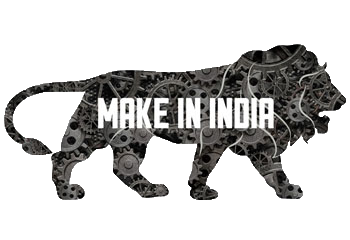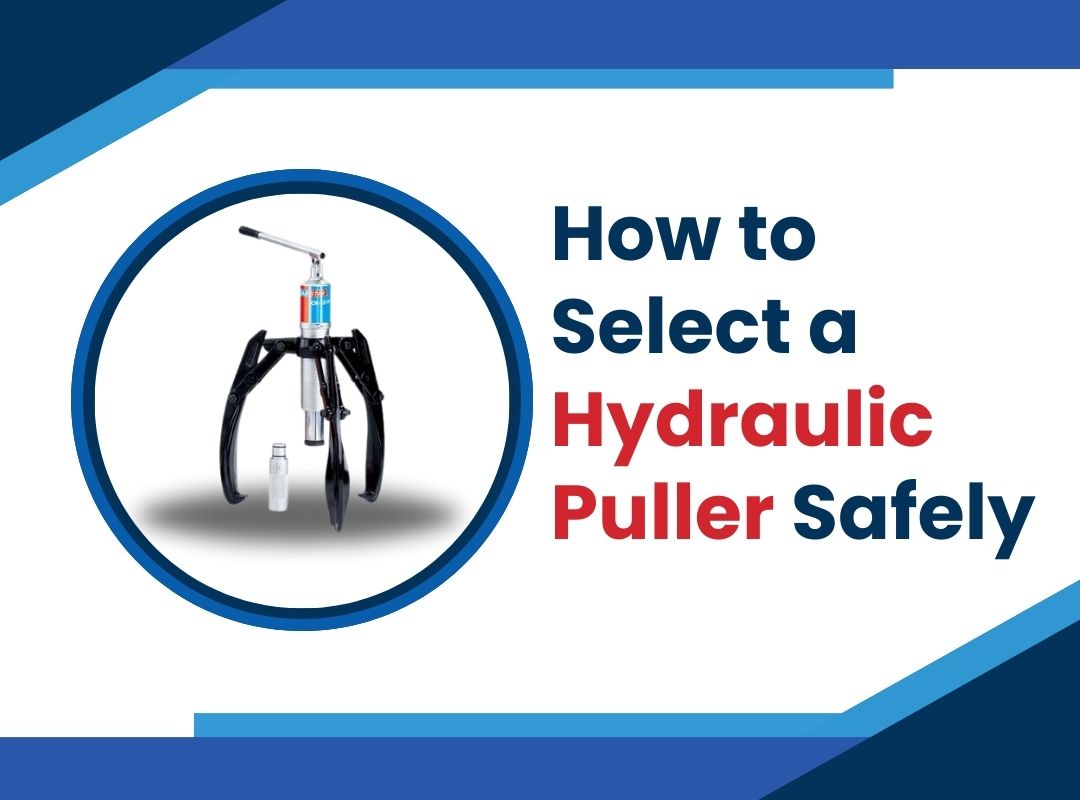The Hydraulic puller system aids in the effective removal of press-fit parts by applying controlled means of pressure. Since they are designed to extend the life in applications through proper removal and service of components, they are actively used in various tasks.
So they are ideal for removing wheels, gears, couplings, flywheels, sprockets, and much more. Besides, it eliminates the harmful practices of heating, hammering, or prying different components to remove them and thus limit the damage caused. Though manual pullers can do the job perfectly, they can be used only for small jobs, and it is less efficient when compared to Hydraulic Pullers.
When it comes to choosing any type of mechanical equipment, the safety considerations hold much importance and hydraulic pullers are no different. So in this article, we have given you different factors to consider while selecting the Hydraulic puller safely.
1. The Size of the Puller
Reach
The most crucial factor to know while choosing a hydraulic puller is the reach and the spread range of the puller.
The reach refers to the distance from the cage base to the jaw’s pulling surface. When the jaw spread increases, the distance decreases.
Note: The reach must be equal to or greater than equal to the part you are pulling.
For example, consider this situation,
If the ratio of the tonnage to the shaft diameter is 10:1, then this means that if you have a shaft diameter of 1.5 inches, you should use a 15-ton puller.
If the shaft diameter ratio to the center bolt diameter is 2:1 and if you have a 1-inch shaft diameter, you should use a half-inch center bolt.
Spread Range
This refers to twice the distance from the cylinder to the pulling surface of the jaw. The spread range tends to increase when the cage moves back, and it decreases when the spread moves forward.
Hydraulic puller’s reach decreases as the spread increases.
2. Selecting the Pump
Remember, control is more important than speed when using a Hydraulic puller. That said, as a user, you must know what type of pump would stay under your control and do the job as expected.
There are two types of hydraulic pumps.
Manual Hydraulic Hand Pump
While using a manual Hydraulic Hand Pump along with the puller, you can control the gradual application of pressure to maintain maximum control while doing the job. To get the most out of the hydraulic cylinder, you must ensure that the capacity of usable fluid is adequate.
Electric Hydraulic Pump
If you are opting for an Electric Hydraulic Pump to use along with the puller, then choose the one that can maintain control at all times.
Attachments: Only when the attachments used in the puller works perfectly they deliver the job correctly without any damage done to the parts. Not only that, but it also accounts for safety measures. So ensure the attachments are available without any damage.
3. Safety of the Equipment
Before you start working with the puller, ensure that the puller and the workpiece or equipment you are going to pull are stable and secure. This is important so that components don’t fall when they get released from the mount. Also, apart from the puller, the workpiece must be supported with some other equipment to maintain stability. This safety measure puts a stop to potential injury to the user and the surrounding.
4. Puller Types
There are two different types of pullers present with different features, namely Two Jaw Bearing Puller and Three-jaw Bearing Puller.
A three-jaw puller maintains a uniform force around the object when you are pulling than the two-jaw puller. However, if you have space constraints, then a Three Jaw puller can’t be a good choice. Anyways, you can choose the one according to the type of work you are performing.
5. Locking Mechanism
Pullers with a locking mechanism helps in preventing the jaws from slipping off the workpiece when pulling it. So don’t overlook this feature as it acts as a safety measure.
For an easy pulling job, choosing the proper puller that does the work effectively is important. So these are the different features that you must consider while choosing the hydraulic puller. Thanks for scrolling through!


